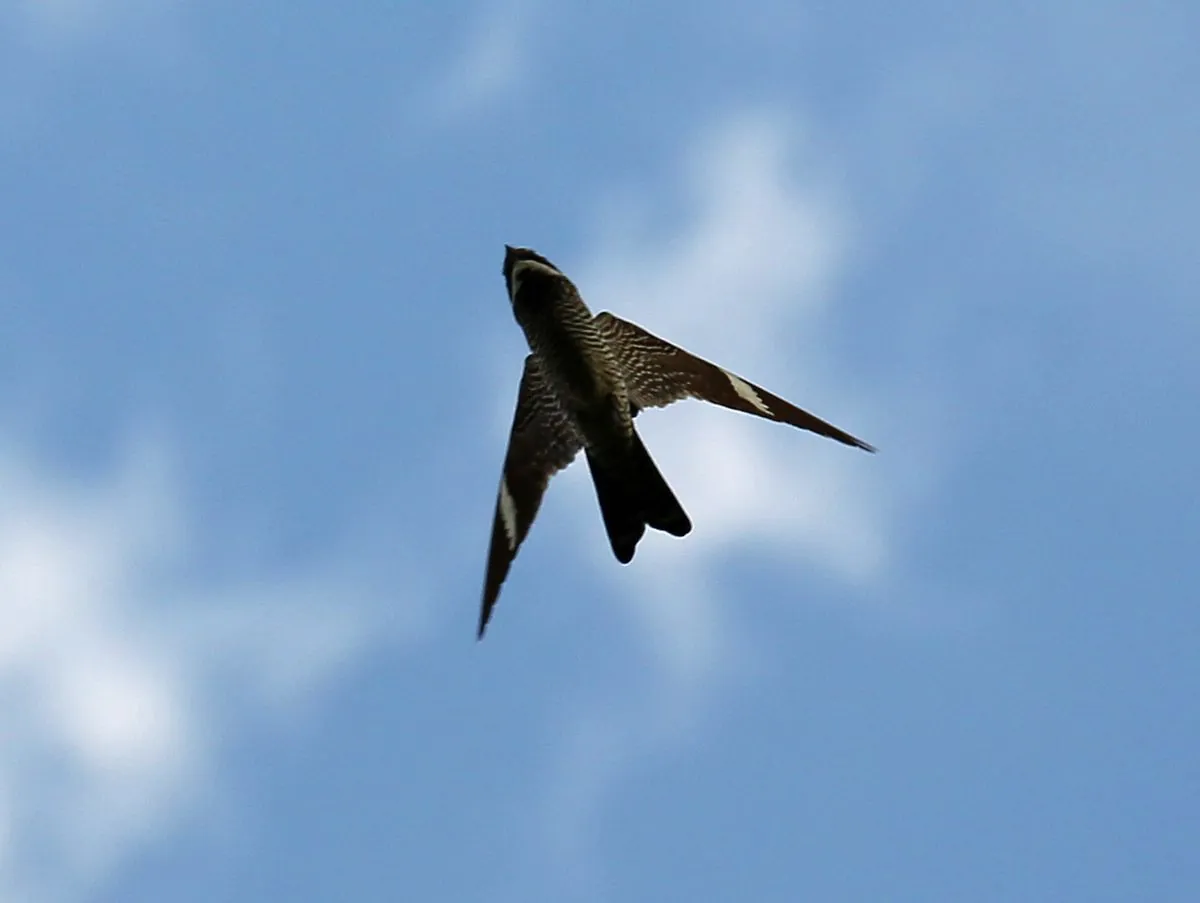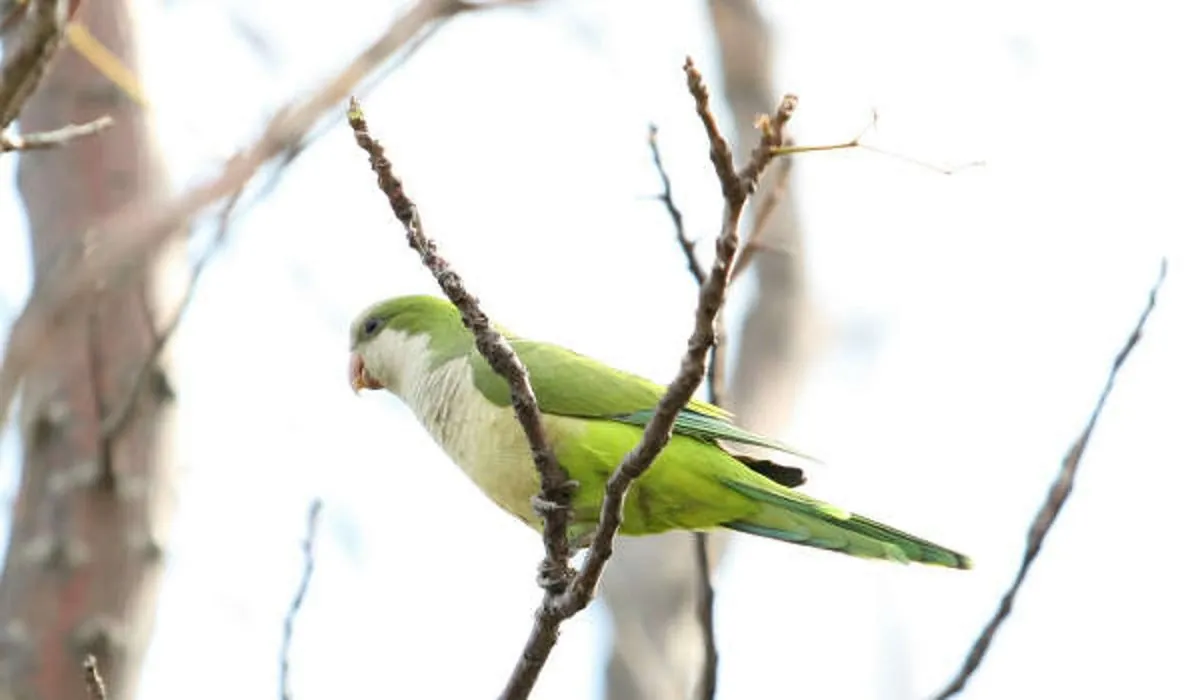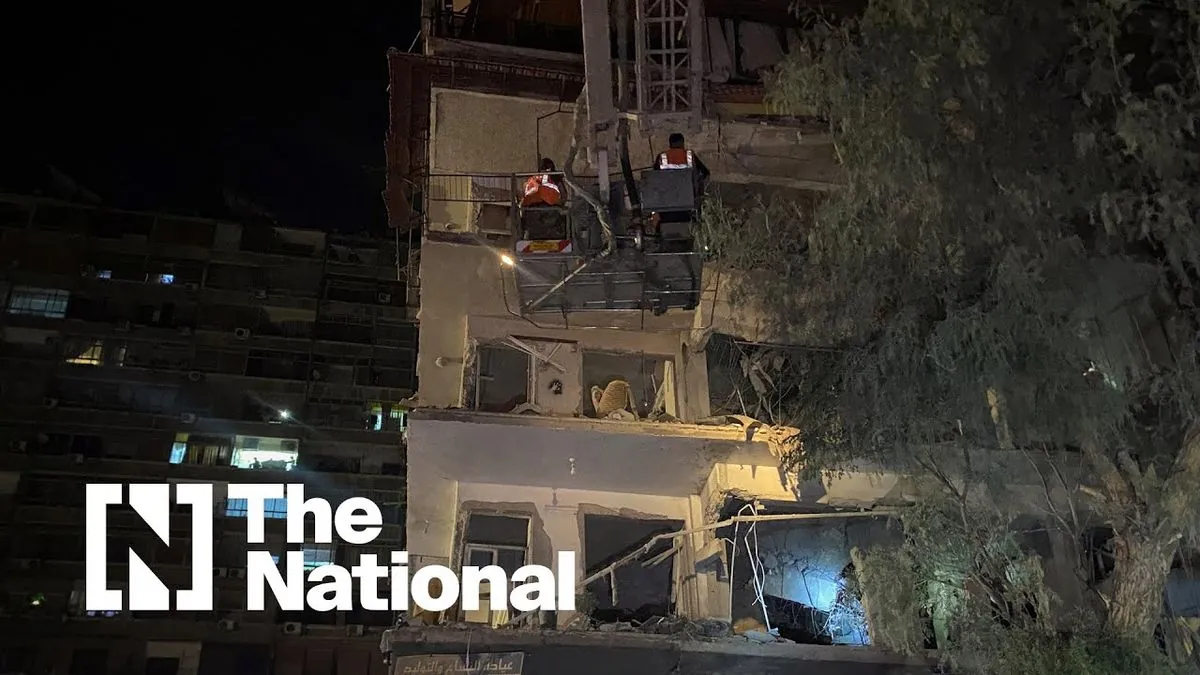Parrot Invasion Wreaks Havoc in Argentinian Towns
Two Argentinian towns face an overwhelming influx of burrowing parrots, causing power outages and disrupting daily life. Residents struggle to find solutions as the protected species continues to thrive in their urban environment.

In a peculiar turn of events, the Argentinian towns of Pedro Luro and Hilario Ascasubi find themselves grappling with an unexpected adversary: a massive influx of burrowing parrots. These vibrant birds, known for their intelligence and adaptability, have transformed from a charming sight to a significant nuisance for local residents.
The burrowing parrot (Cyanoliseus patagonus), native to Argentina and Chile, has historically been admired for its unique nesting habits and social behavior. However, the species' remarkable ability to adapt to urban environments has led to an unprecedented population boom in these towns, located approximately 200 kilometers north of El Cóndor, the world's largest parrot colony.
The impact of this avian invasion is far-reaching. TAXI FM, a local rock radio station, has experienced severe disruptions due to the parrots' activities. Ramón Álvarez, the station's director, reports that their antenna has been damaged twice in the past year, with equipment frequently malfunctioning due to power surges and outages.
"It's thousands and thousands of birds, and they're not only biting through the cables, but their massive weight is also bending the power lines. At dawn, when they start flying out, the stretched-out cables bounce into each other, and that's how we have short circuits and power outages in the whole town."
The financial toll on local infrastructure has been substantial. Electric companies in Pedro Luro and Hilario Ascasubi have incurred costs exceeding 75 million pesos (approximately $77,000) for repairs and equipment replacement. The situation has become so dire that Hilario Ascasubi's electric cooperative has been forced to sell land to cover mounting expenses.

Beyond infrastructure concerns, the parrots' presence has significantly impacted daily life. Residents complain of incessant noise pollution, with the birds' distinctive screeching calls echoing throughout the towns. Public spaces, including parks and streets, are often covered in droppings, leading to sanitation concerns. In a drastic measure, Hilario Ascasubi officials removed trees from a children's park to discourage the parrots from roosting.
Health concerns have also arisen. In 2022, a resident tragically died from psittacosis, a bacterial infection transmitted by birds. This incident has heightened fears about potential disease outbreaks associated with the parrot population.
The root cause of this unusual situation lies in the complex interplay between urban expansion and habitat loss. Paolo Sánchez, an agronomist engineer who has studied the burrowing parrot population, explains that urban development and agricultural practices have encroached upon the birds' natural habitat. Simultaneously, deforestation has reduced their food sources, driving them towards human settlements.
Efforts to address the issue have been met with limited success. Since 2019, town officials have employed various methods to deter the parrots, including high-tech solutions like laser systems and noise-making devices. However, these intelligent birds quickly adapted to these deterrents, rendering them ineffective.
Complicating matters further is the protected status of burrowing parrots under Argentinian law. A 2017 legislation extended protections for the species, limiting the options available to local authorities. The recent dissolution of Argentina's Ministry of the Environment and Sustainable Development in December 2023 has added another layer of complexity to finding a resolution.
As the situation continues to escalate, residents like María del Valle Otero, a town council member, express growing frustration. The estimated ratio of 10 parrots per resident underscores the scale of the problem. While acknowledging the importance of wildlife conservation, locals emphasize the need for a balanced approach that also considers human quality of life.
The plight of Pedro Luro and Hilario Ascasubi serves as a stark reminder of the challenges that can arise when human expansion collides with wildlife habitats. As these communities continue to seek solutions, their experience highlights the delicate balance required in managing human-wildlife interactions in an increasingly urbanized world.


































